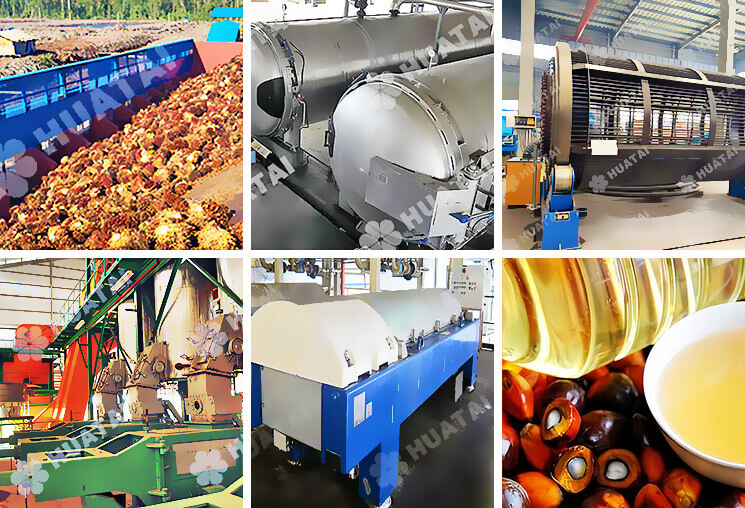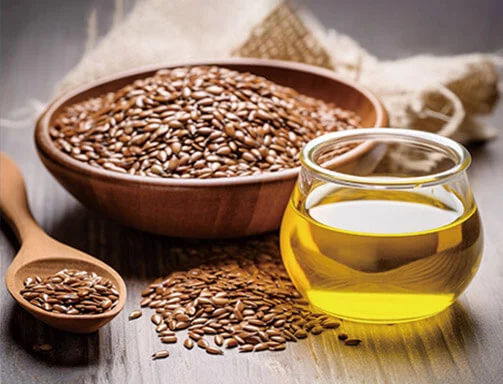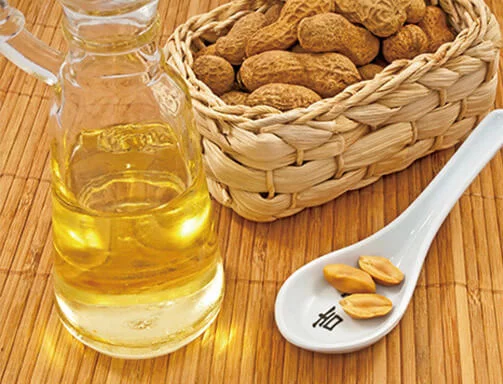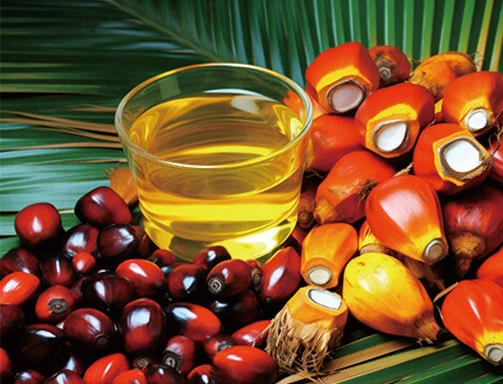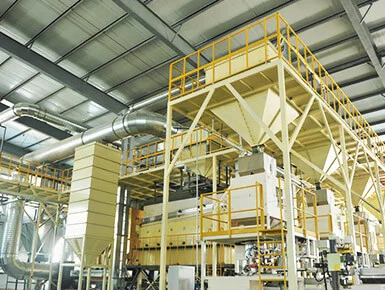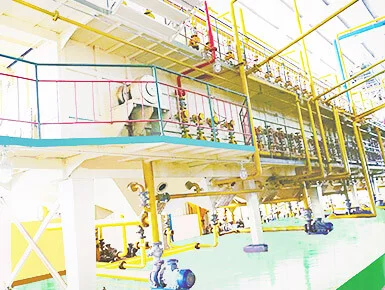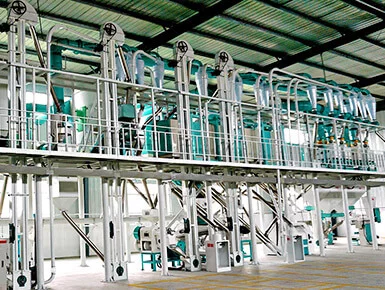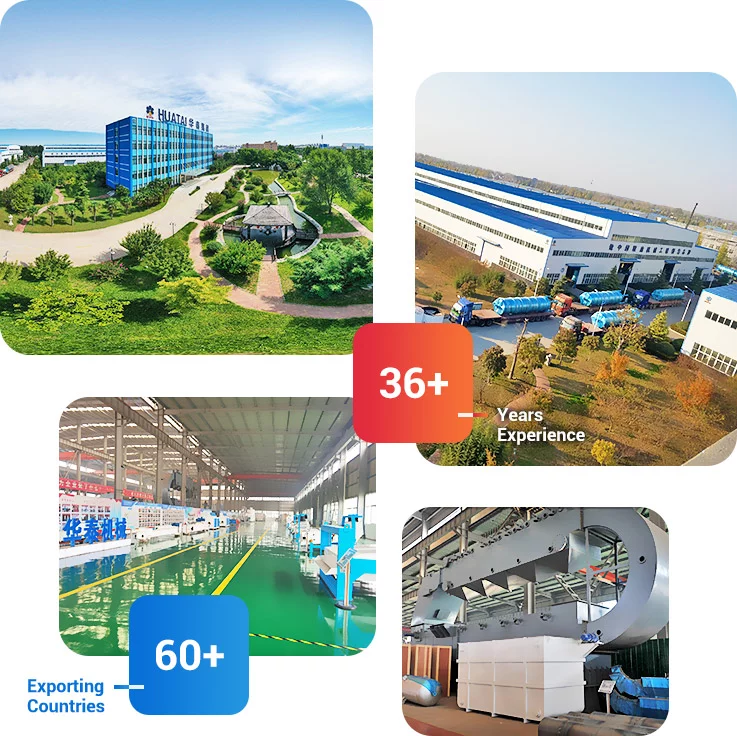![Hydrogenated Palm Kernel Oil: Your Ultimate Guide]()
Introduction
In this article, we’ll explore what hydrogenated palm kernel oil is, where it comes from, how it’s made, and why it’s so popular.
We’ll also dive into its health implications, compare it to palm oil, and weigh the pros and cons of hydrogenated vs non-hydrogenated versions.
What is Hydrogenated Palm Kernel Oil?
Hydrogenated palm kernel oil is palm kernel oil that’s been through a special process of hydrogenation. It transforms from a liquid into a semi-solid or solid fat.
Hydrogenation adds hydrogen atoms to the oil’s fatty acids, turning unsaturated fats into saturated ones. This bumps up the melting point, so the oil stays firm at room temp and lasts longer on shelves. There are two types:
- Partially hydrogenated palm kernel oil (PHPKO): Still has some unsaturated fats and can contain trans fats. which are now largely banned due to health risks.
- Fully hydrogenated palm kernel oil (FHPKO): Fully saturated, with minimal trans fats, but high in saturated fats. Making it a safer bet for health-conscious applications.
![Hydrogenated kernel palm oil]()
Where Does Hydrogenated Palm Kernel Oil Come From?
The hydrogenated palm kernel oil begins in the lush, tropical regions where oil palm trees thrive. Countries like Indonesia, Malaysia, and Thailand lead the pack, producing over 85% of the world’s palm oil and its derivatives.
Palm kernel oil comes from the hard inner seed (kernel) of oil palm fruits, not the outer fleshy part used for regular palm oil. Here’s the quick rundown:
- Harvesting: Farmers pick ripe fruit bunches every 10-14 days.
- Separation: The kernels are separated from the fruit’s fleshy pulp, which gives us regular palm oil.
- Extraction: Kernels are cracked and pressed to release crude palm kernel oil, which contains 45-55% oil.
- Refining and Hydrogenation: The crude oil is refined and hydrogenated to become the solid fat.
How is Hydrogenated Palm Kernel Oil Made?
Step #1: Palm kernel oil extraction
Palm kernels are crushed and pressed to extract crude palm kernel oil. This oil is naturally high in saturated fats, especially lauric acid (48%), but still has some unsaturated fats.
Step #2: Palm kernel oil refining
Step #3: Palm kernel oil hydrogenation
The refined oil is heated (typically 200-250°C) and mixed with hydrogen gas in the presence of a catalyst, usually nickel.
This bonds hydrogen to unsaturated fatty acids, making them saturated and increasing the oil’s melting point (32-42°C, depending on hydrogenation level). You get:
- Partially hydrogenated: Melting points of 32-38°C, with some trans fats.
- Fully hydrogenated: Melting points of 41-42°C, virtually trans-fat-free.
Step #4: Filtration
The catalyst is filtered out, ensuring a pure product.
Step #5: Quality Control
The oil is tested for melting point, solid fat content (SFC), and purity. For example, hydrogenated palm kernel stearin has an SFC of 87% at 20°C and 24% at 30°C.
![Hydrogenated palm kernel oil processing plant]()
What is Hydrogenated Palm Kernel Oil Used For?
Hydrogenated palm kernel oil (HPKO) is useing two main areas:
Food Industry
- Baking: Adds texture and shelf stability to cookies, pastries, and crackers.
- Confectionery: Gives chocolate coatings that snap and sheen, often as a cocoa butter substitute.
- Margarine and Shortening: Provide creaminess and withstand high cooking temperatures.
- Non-Dairy Products: Used in ice cream, coffee creamers, and whipped toppings for stability.
- Biscuit Fillings: Creates smooth, creamy fillings that hold up over time.
Cosmetics and Personal Care
- Moisturizers and Lotions: Acts as an emollient, locking in moisture and improving spreadability.
- Lip Balms and Creams: Provide a solid base that melts on contact with skin.
- Makeup: Found in brow liners, concealers, and lipsticks for texture and stability.
- Soaps and Deodorants: Enhance consistency and moisturizing properties.
What’s the Difference Between Palm Oil and Hydrogenated Palm Kernel Oil?
Both palm oil and hydrogenated palm kernel oil come from the oil palm tree. But their specific sources, appearance, fatty acid content and applications vary. (You may also be interested in: Palm oil vs palm kernel oil >>)
| Property |
Palm Oil |
Hydrogenated Palm Kernel Oil |
| Source |
Fruit flesh of oil palm |
Kernel of oil palm |
| Texture |
Liquid or semi-solid |
Solid (after hydrogenation) |
| Fatty Acids |
Balanced saturated/unsaturated |
High in saturated fats |
| Uses |
Cooking oil, biofuels |
Baked goods, cosmetics, margarine |
Which is Better: Hydrogenated or Non-Hydrogenated?
Now, is hydrogenated palm kernel oil better than its non-hydrogenated cousin? Let’s weigh the pros and cons to help you decide.
Hydrogenated Palm Kernel Oil
Advantages:
- Stability: Its high melting point (32-42°C) and oxidation resistance mean longer shelf life for products.
- Texture: Provides creamy, solid textures for baked goods, chocolates, and cosmetics.
- Versatility: Ideal for high-heat applications and products needing firmness.
Disadvantages:
- Trans Fats: Partially hydrogenated palm kernel oil can contain trans fats, which raise LDL cholesterol, lower HDL cholesterol, and increase risks of heart disease, stroke, and diabetes.
- Saturated Fats: Even fully hydrogenated palm kernel oil, with minimal trans fats, is over 80% saturated, which can raise cholesterol if overconsumed.
- Nutrient Loss: Hydrogenation strips away some natural nutrients like vitamin E.
![Fully hydrogenated palm kernel oil]()
Non-Hydrogenated Palm Kernel Oil
Advantages:
- No Trans Fats: Naturally free of trans fats, making it a healthier choice.
- Nutrients: Retains more natural antioxidants and vitamin E.
- Natural Profile: Less processed, appealing to clean-label consumers.
Disadvantages:
- Stability: Less resistant to oxidation, leading to shorter shelf life.
- Texture: Not as solid, limiting its use in applications needing firmness.
- Heat Sensitivity: Less suitable for high-heat cooking or baking.
So, Which is Better?
It depends on your priorities:
- For Manufacturers: Hydrogenated palm kernel oil wins for stability, texture, and shelf life, especially in processed foods and cosmetics.
- For Health-Conscious Consumers: Non-hydrogenated palm kernel oil is better, offering a more natural profile without trans fats, though it’s still high in saturated fats.
![Palm kernel oil hydrogenated]()
Conclusion
Through this guide, I believe you have a certain understanding of hydrogenated palm kernel oil. If you want to know more about hydrogenated palm oil, or want to start a palm oil processing business, please feel free to contact us. Huatai Intelligent Equipment Group has a professional technical team that can answer all your questions at any time and provide a complete turnkey project.
Frequently Asked Questions
Is Palm Kernel Oil Hydrogenated?
Palm kernel oil isn’t naturally hydrogenated. It’s a natural oil high in saturated fats, semi-solid at room temperature. However, it can be hydrogenated to make it more solid and stable for uses like baking or cosmetics.
Is Hydrogenated Palm Kernel Oil Bad for You?
Yes, it can be bad, especially if partially hydrogenated, due to trans fats linked to heart disease. Fully hydrogenated versions are safer but still high in saturated fats, which can raise cholesterol if eaten too much. Moderation is key.
Is Palm Kernel Oil Good for the Body?
Palm kernel oil has some perks, like lauric acid’s antimicrobial properties, but it’s over 80% saturated fat, which can boost bad cholesterol. It’s best enjoyed sparingly as part of a balanced diet for heart health.
Is Hydrogenated Palm Oil Better Than Butter?
Fully hydrogenated palm oil might be better than butter for cholesterol, with more stearic acid (neutral effect) and less myristic acid (bad for LDL). Though both are high in saturated fats.
References:
![]() Service Coverage
Service Coverage
![]() FAQ
FAQ









